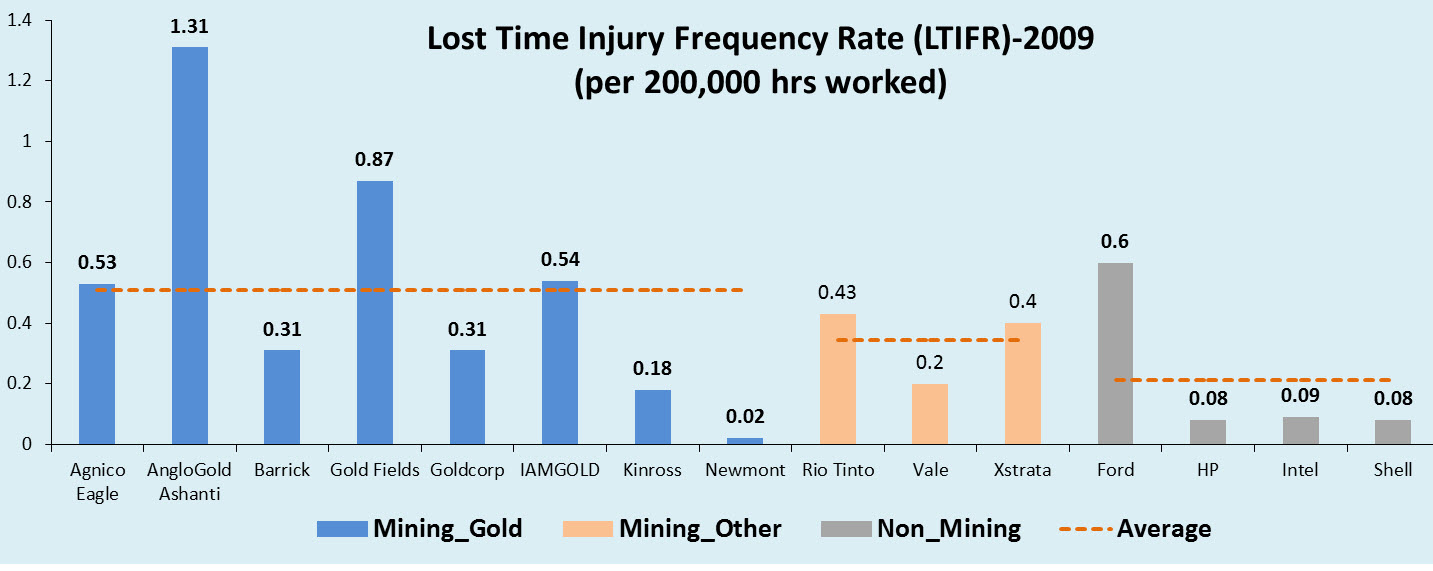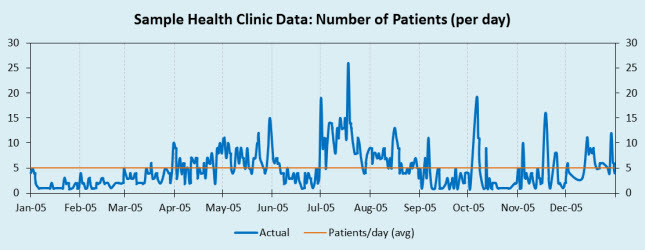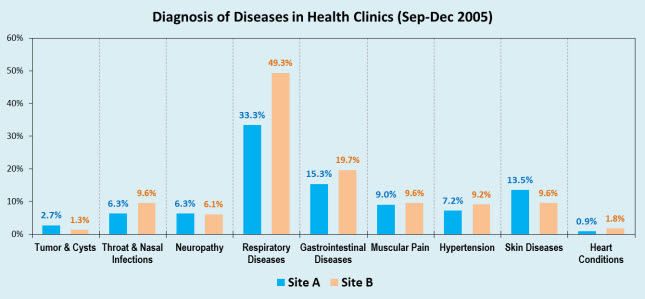Our services enable companies to minimize occupational safety and health risks through a continual process of learning and improving from monitoring, evaluation and feedback.
Ensuring occupational safety and health is a core responsibility of companies and is governed by both internal operational standards and government regulations. Companies are constantly looking for ways to improve their performance in a cost-effective manner and stay in compliance with government regulations.
Our core product is an occupational safety & health information system that tracks each incident of occupational endangerment or health concern and analyzes it to provide actionable information to ensure continual improvement. This system is based on the Plan, Do, Check and Act (PDCA) management framework, and consists of online and desktop data entry interfaces, analysis and visualization on a dashboard and a reporting tool to generate internal and regulatory compliance reports on a monthly, quarterly and annual basis.
Occupational Safety
For safety management, the data entry system records data on the time of an incident, type of event, location with geo-codes, department/section of the staff, injury/fatalities, days/time lost and other information. The system also keeps track of training, inspections and audit, infrastructure improvement, third-party certification, employee awareness surveys, and other interventions that could minimize safety risks.
The information system is also a knowledge-base of best national and international practices, and provides easy access to all the safety standards and protocols through a built-in documents library. For mining companies the system utilizes the international best practices performance indicators recommended by the International Council on Mining & Metals (ICMM).
Our data analysis and visualization interface displays weekly, monthly, quarterly and annual statistics using downloadable tables and charts. Additionally, the dashboard also provides an analysis of whether or not inputs and leading indicators like safety training and awareness programs at the department and section level are correlated with outcomes and lagging indicators. By integrating input and outcome-indicators in one unified information system, managers can make informed decisions about best approaches for continual improvement.
Our knowledgebase of international best practices and comparative data on various safety indicators enables companies to benchmark their performance relative to industry peers and other leading companies outside their sector.

Occupational Health
Companies often spend considerable resources on health awareness, counseling and treatment—both for workers and communities around operational sites. Our database and analysis system keeps records of such leading indicators as well as on the incidence of various illnesses and diseases compiled from health clinic data and health surveys. Incidence and prevalence rate of various diseases are standardized and based on national systems and WHO International Classification of Diseases. This monitoring system is customized in accordance with the workplace exposure at each site.
Our occupational health information system stores all historical records in a standardized format which helps to establish any probable association between new cases and potential exposure. The database also analyzes standard industry indicators like disease rates normalized by total hours worked. The information system also maintains a knowledgebase of industry-specific occupational health issues including the exposure pathways.



